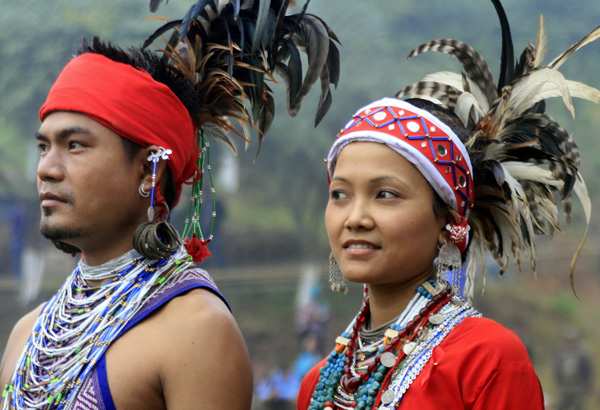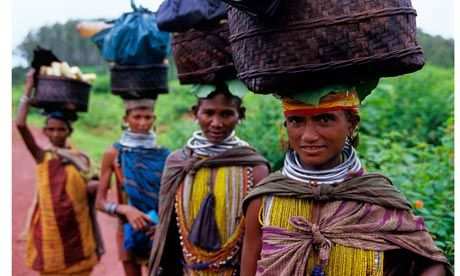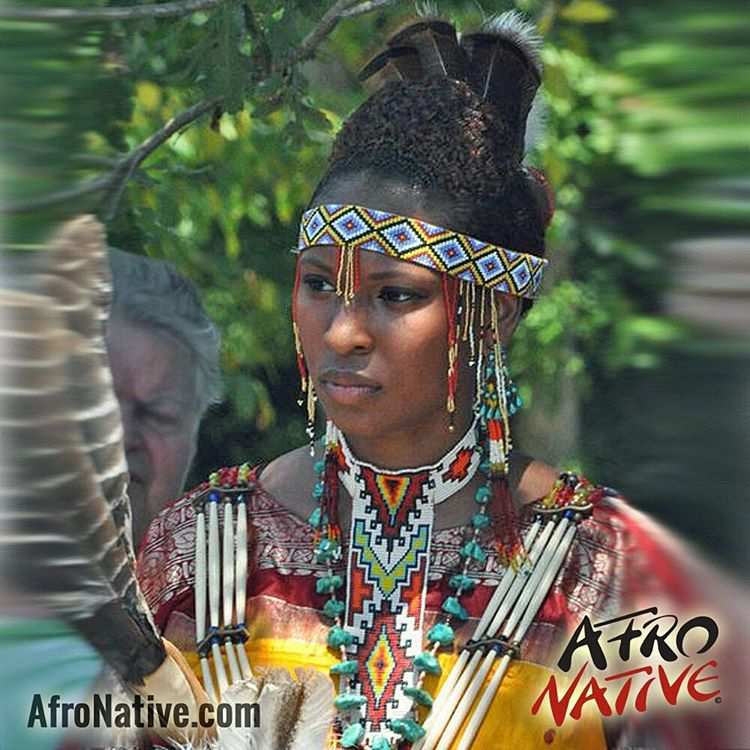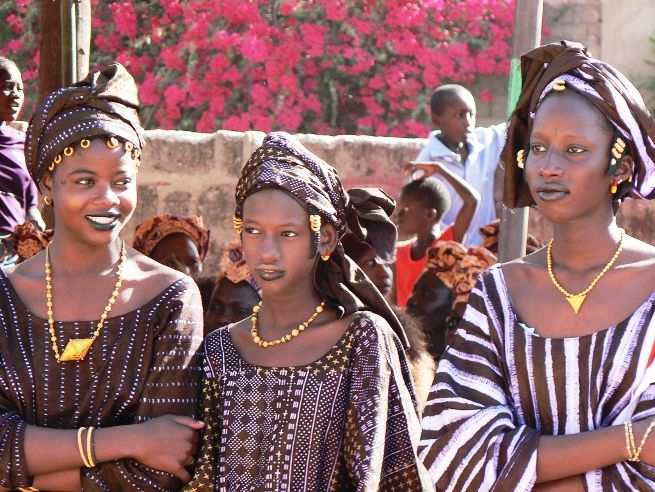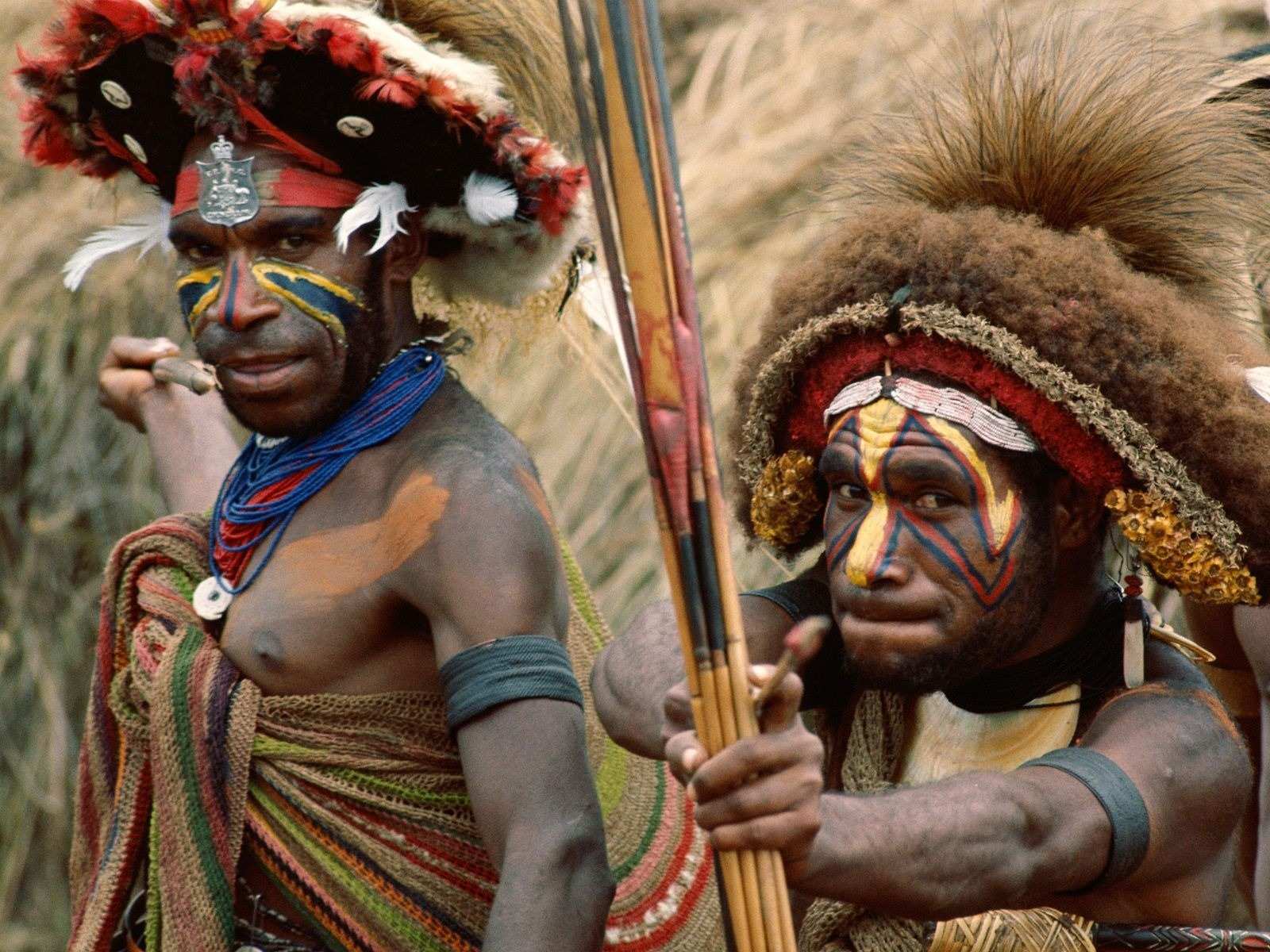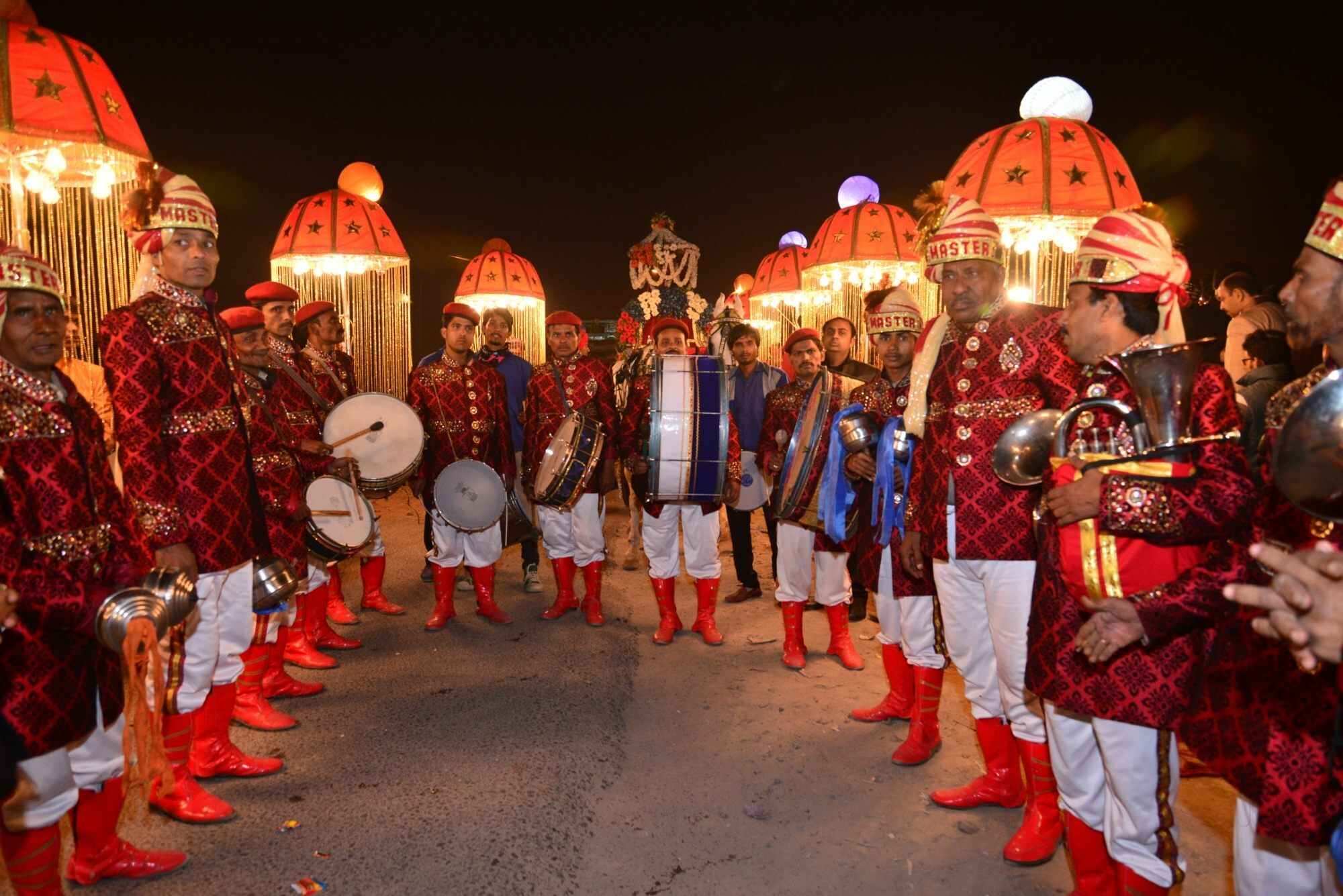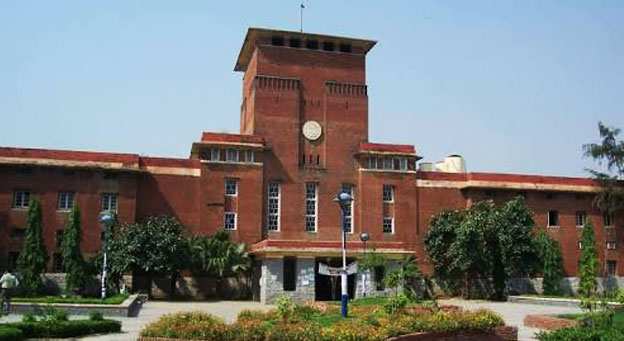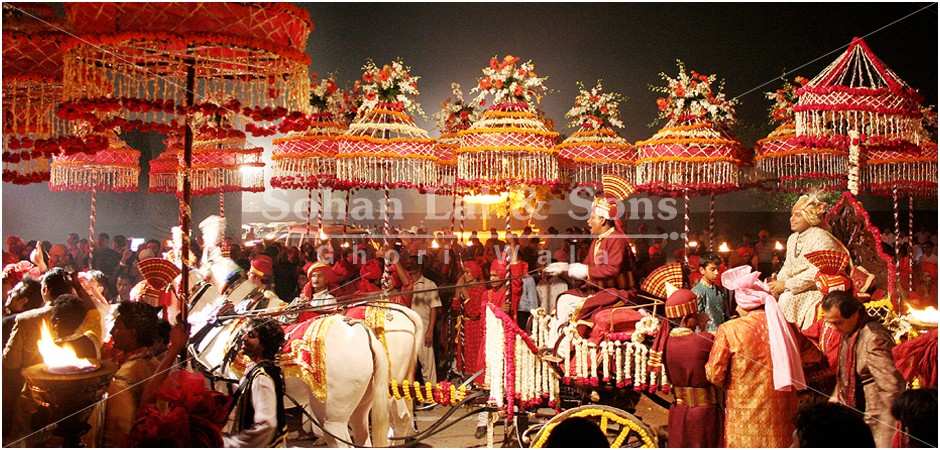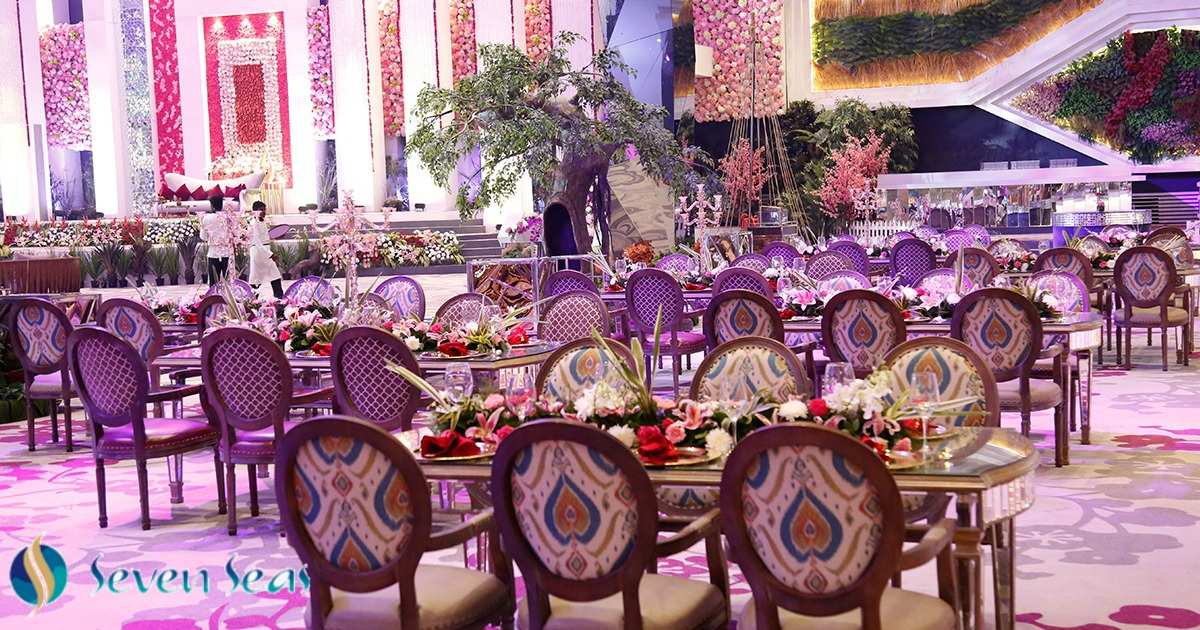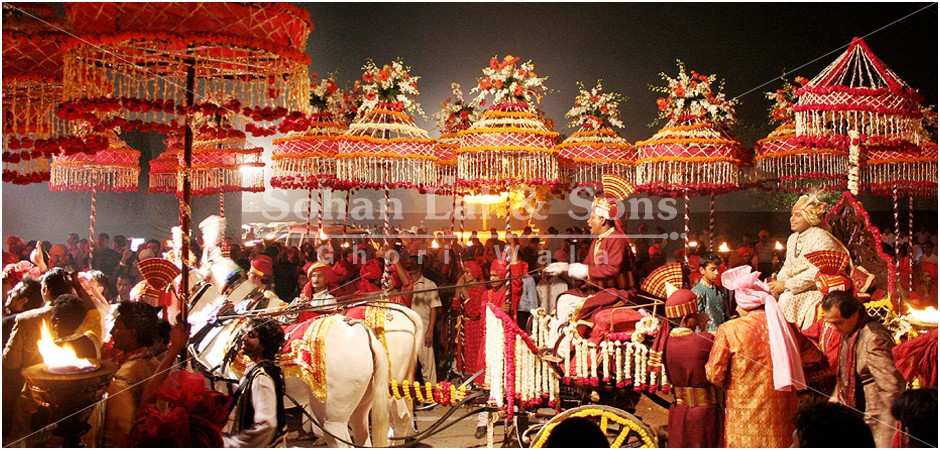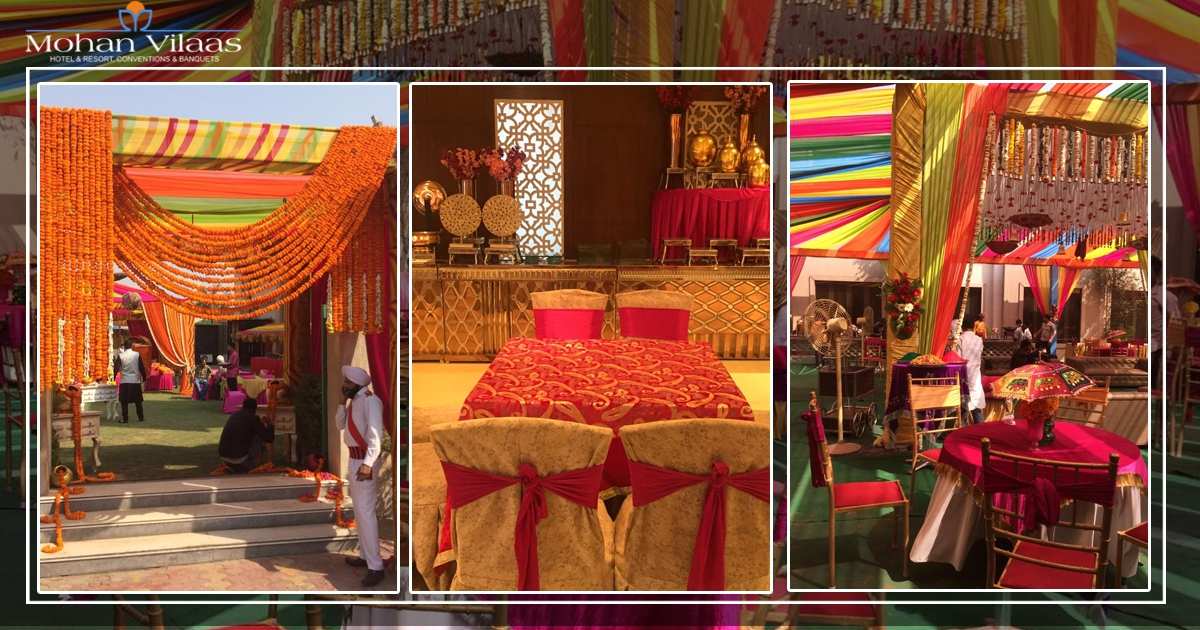|
Indian tribal people play a key part in constructing the cultural heritage of India. They occupy a major part in the history of India as they are considered as the true habitants of India. The tribal people are scattered in different parts of India and they form a considerable number of the population of India. The traditional and cultural distinction of each tribal community has made them distinguishable from each other and their cultural and traditional heritage add colour and variation to the Indian culture as a whole and form a compact culture. Indian tribal people reside in approximately fifteen percent of the country`s area. They primarily live in various ecological and geo-climatic conditions ranging from plains, forests, hills and inaccessible areas that perhaps lie dotted in the panoramic Indian terrain. |
Indian Tribal People- The true habitants of India.
